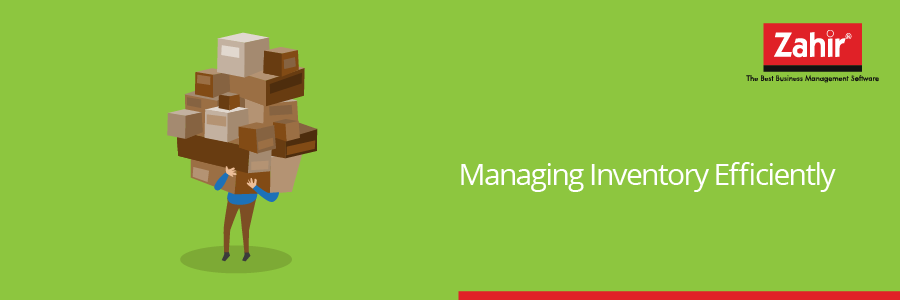One of the challenging parts in business is managing inventory effectively. You have to recognize what your customers need without too much excess which may cause waste of money. Managing inventory allows you to decide what and how much items to order, when to order, monitoring your product quantity, and how to manage excess and shortages. In order to manage your inventory efficiently, you need to keep track of your inventory sales,thus you will order the precise quantity of replacement goods. Proper inventory management help you to keep your budget and manage your operating capital more efficiently.
To value the inventory, a number of different methods are applied. Most common methods are:
- FIFO (First In First Out): related to your inventory flow in your organization, which first item purchased are first items sold or consumed.
- LIFO (Last In First Out) : means the recent purchased items are first to be used or sold.
- Average Cost Method : it is calculated by dividing the total number units on hand by the total cost of goods. The result is the average unit cost for each unit of inventory.
Managing inventory helps you keep your budget on track and enables you to efficiently manage your operating capital. Understanding how to control inventory properly will lead your business’s success. However, some problems raise mostly in:
- Bulk inventory. Too much inventory has risk of damage, expired, and depreciation. To settle this problem, projection how much supply and when needed are required.
- Inaccurate inventory record. When you know the exact quantity of inventory needed, you have to makesure that they are on hand. Misscounts may occur during product receiving, packing, or delivery. Data entry errors can be reduced by using EDI ( electronic data interchange) and bar code scanning.
- Lack of priorities : it takes more time and resources to record each of inventory in detail. Forecasting, checking on hand stock position, and frequently re-ordering the most important item will make your inventory control more easily.
- Using spreadsheet: Microsoft Excell is the most common spreadsheet used to record inventory. Nevertheless, spreadsheet has some weaknesses, such as easy to be accidently deleted or changed and data synchronization is hard to do. Applying an accounting software is the best solution. The complete features in the software such as balance information, tax, measure unit, payment term, sales and purchase form, assembly, stock opname, general ledger, and inventory management analysis will make your task much easier. The other benefit of software application is, it possibly integrate to other department, such as accounting, purchasing, cashier, receivable, payable, etc.
- Back up plan. Back plan is necessary to protect your data when unexpected matter happen, such as disaster, computer damaged or stolen. Using cloud system would be the right choice to store your data.
Inventory management is very handy if you have the right system to do it. The system helps you to monitor the flow of items into and out f your stock. Effective inventory management controls the stock cost and leads you into a successful business.




